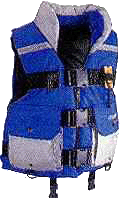

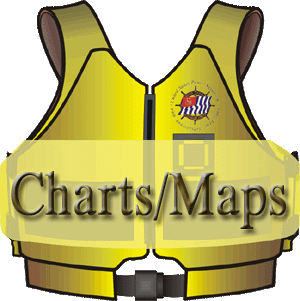
| Paddle
Smart™ - Why Do Paddlers Still
Drown Wearing PFDs ?
(Courtesy:
Patagonia)
Paddlers - canoeists and kayakers - generally wear a good Personal Floatation Device (PFD). This is very much in their favor; however, there is a tendency to be lulled into a false sense of security. There are several reasons why persons wearing life jackets occasionally drown. Paddlers, in particular, have a few things going against them that they must be prepared to deal with: · Paddlers tend to boat in remote areas, far from rescue resources or help from passersby. · They frequently paddle alone or with only one other person. · Their canoes and kayaks are, by design, relatively unstable and prone to frequent capsizing. · Paddlers are particularly at risk for a dangerous situation called "entrapment." What is Entrapment? Under certain conditions, paddlers or their boats can become snagged on rocks or debris and then goes under due to the severe pressure of the water. The paddler may be unable to escape the craft or the pressures on them caused by the flowing water. It's not unlike getting caught in a gigantic washing machine. The paddler may not be able to escape and the PFD may not be able to help prevent drowning. How can paddlers avoid getting into a situation like this?
· Recognize that accidents can happen and understand the tremendous hydraulic forces involved, even in seemingly gentle waters. · Know the classification of the particular body of water you want to paddle, and keep in mind that conditions can change radically after a storm, during spring melts, or even in droughts. · Objectively assess your own capabilities before attempting a higher class of water, and anticipate changing weather conditions. · Stop periodically and visually sight the "road" ahead, then plan your "attack" strategy to get around obstacles. · Learn survival strategies in case you become entrapped in a "strainer". There are other situations in which paddlers may be unable to save themselves, even while wearing a life jacket. This can occur when a paddler has suffered some sort of injury or impairment that, by itself, doesn't kill him, but is severe enough that he cannot do those things necessary to keep his face out of the water and prevent what is called "mouth immersion." If that person had been on land and fallen unconscious, he or she would be likely to wake up, and then seek medical attention. Unfortunately, in the water the person's face may be underwater. Wearing a PFD that turns an unconscious victim's face up is one way to avoid that problem. However, many of the more comfortable PFDs will not turn an unconscious person's face up, at least not consistently. What they will do is bring the person, whether unconscious or not, back up to the surface, where someone nearby can get the victim to safety quickly. When paddling alone, you should consider a PFD that will turn your face up even at the sacrifice of some comfort. Source: CDR Kim Pickens, U.S. Coast Guard Reserve, Operation BoatSmart Project Officer
A TYPE III Personal Flotation Device, or PFD, is good for calm, inland water where there is a good chance of quick rescue. It is designed so that wearers can put themselves in a face-up position in the water. The wearer may have to tilt his head back to avoid turning face down. TYPE III has the same minimum buoyancy as a TYPE II PFD but will not automatically turn the head face-up. Float coats, fishing vests, and vests designed for various water sports are Type III examples. |
|
|
Disclaimer| Privacy Statement | Trademarks Page updated July 8, 2016 |
|
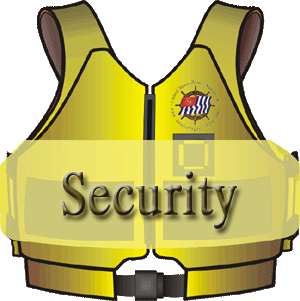
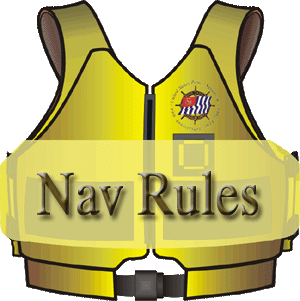
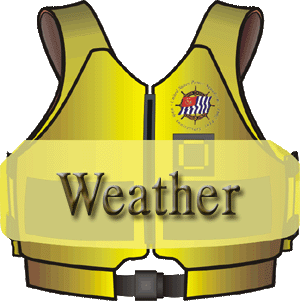
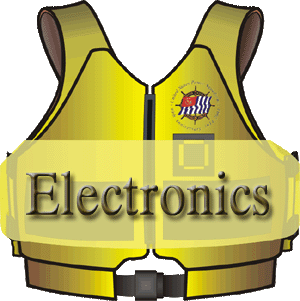
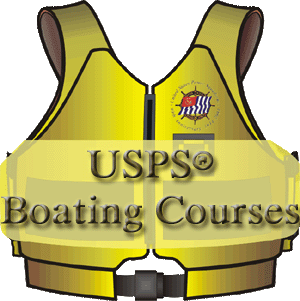

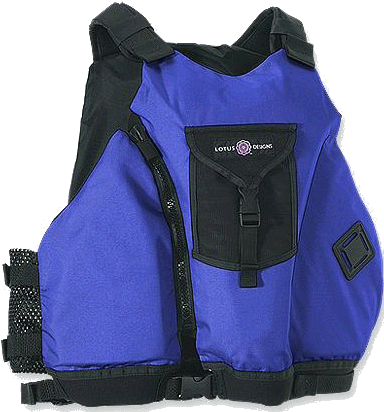 PFD
designed for Paddlers
PFD
designed for Paddlers
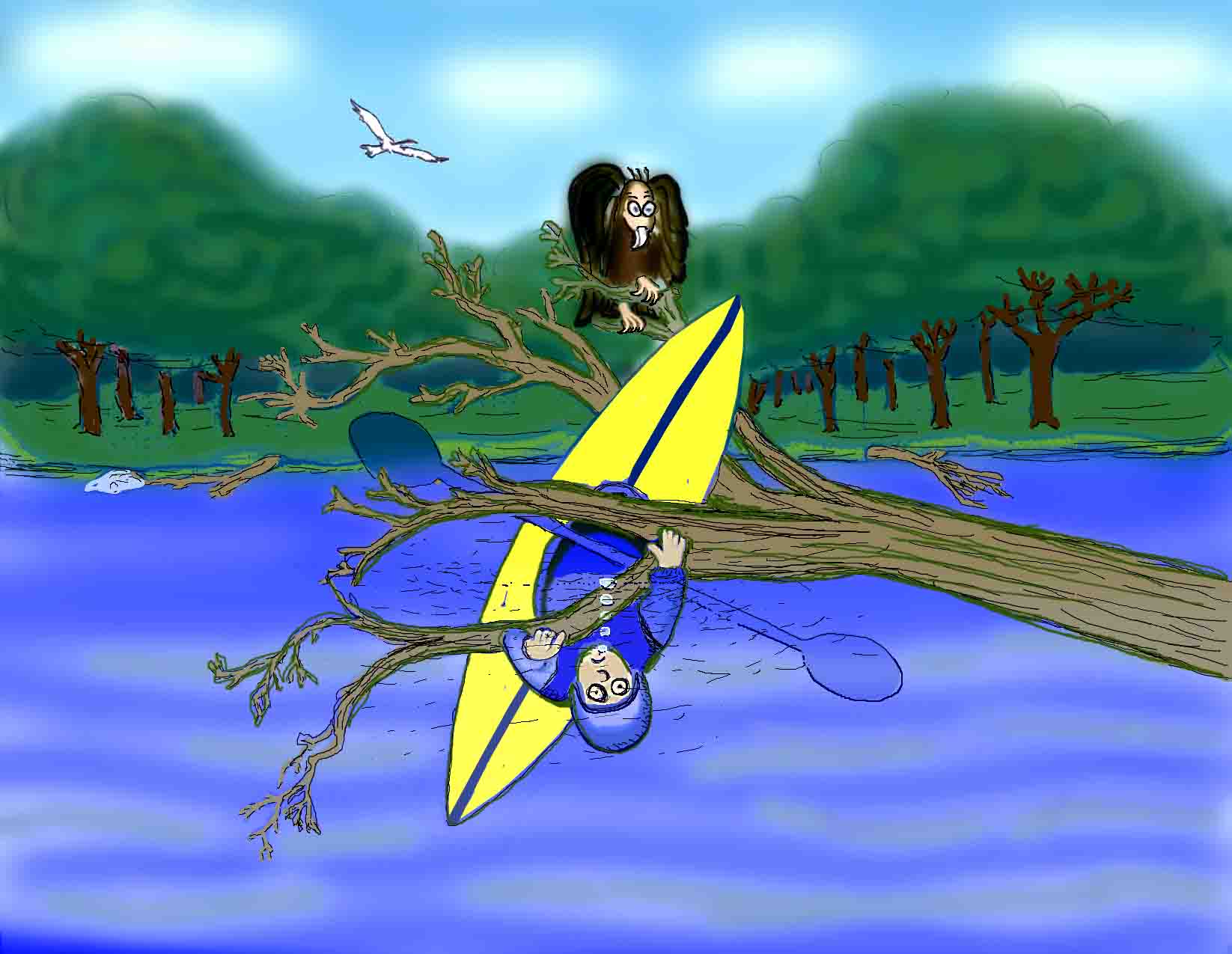 Avoid
Entrapment
Avoid
Entrapment
